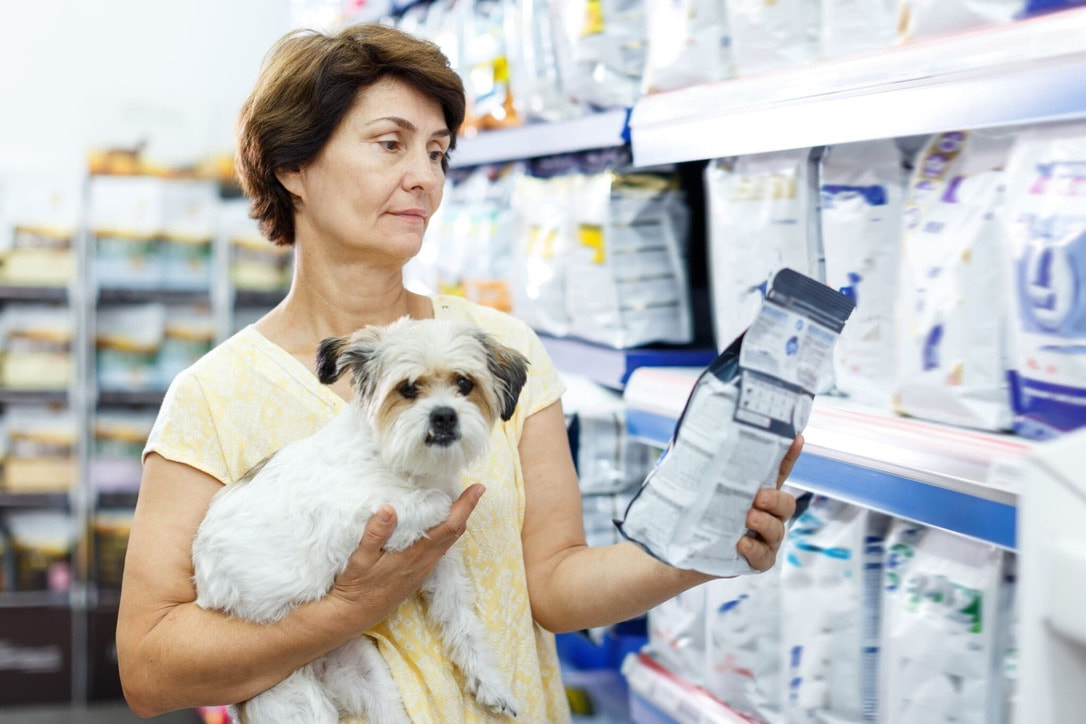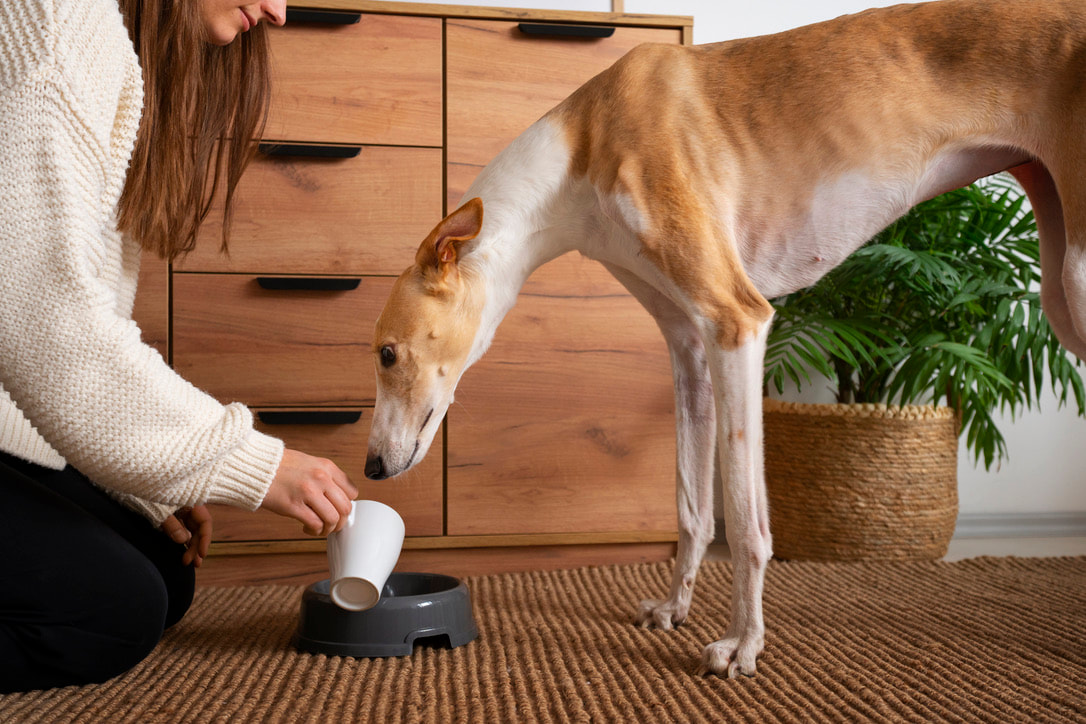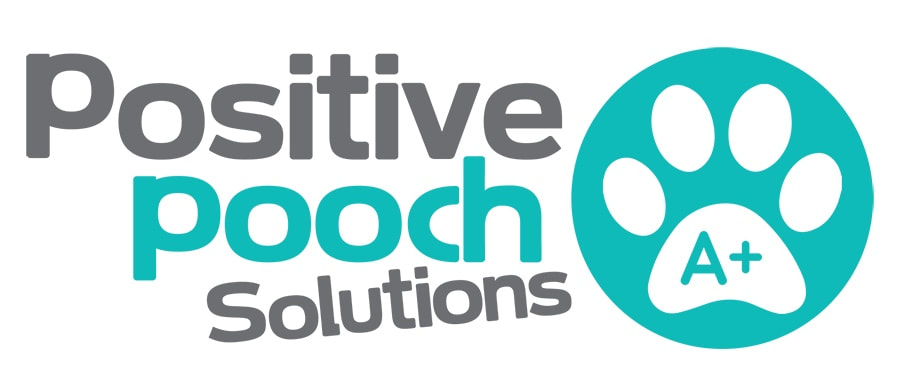|
TRIGGER STACKING WHAT IS IT? The holidays, a busy time of year, are quickly approaching! This time of year can be stressful for everyone, including our pets. Your home may undergo many changes, including decorating and adding a tree that may be so tempting for cats to climb or dogs to chew on! Not only that, but we’ll also have a lot of visitors and people coming and going, which can all contribute to trigger stacking, but what exactly is trigger stacking? When a series of minor incidents pile up to the point where your pet can no longer handle them and has what we might call an overreaction, this is known as trigger stacking. These little things are what we refer to as stressors or triggers. They might not seem like much to us, and we often don’t even notice that our pet might be uncomfortable. However, for our pets, continuing to feel stressed prevents them from decompressing and leads to a feeling of overwhelm. To better understand how our pets feel, let’s look at trigger stacking from a human perspective:
You get on the phone and unleash your inner rage at the poor customer service agent on the other end – you wouldn’t normally speak to someone this way, so why have you exploded? Well, you’ve been trigger stacking all day, and this reaction is very similar to what happens to your pet. For pets, continuing to feel stressed prevents them from decompressing and leads to a feeling of overwhelm. In our dogs and cats, common triggers or stressors can look like this:
The holidays can be very stressful for us and our pets. In puppies or kittens, they may not have been in their new home for very long, so they have a lot of adjustments to make and may also be going through a fear period. Eeek! How to Avoid Trigger Stacking This Holiday Season
Credit to the Author Petrina Firth She is a Dog Trainer and Certified Animal Behaviorist who now mainly specialises in Separation Anxiety.
0 Comments
Hydrolyzed Protein Dog Food Hydrolyzed proteins are commonly recommended for dogs undergoing elimination diets to identify and manage food allergens. By Dr. Mary Cope, PhD - Published: May 31, 2024 Credits to the Whole Dog Journal Proteins in hydrolyzed-protein dog foods retain their nutritional value, ensuring your dog’s food is nutritionally complete and balanced. Finding a suitable food for dogs with dietary sensitivities, allergies, or chronic digestive issues can be a challenge, and often veterinarians suggest foods that contain hydrolyzed proteins as a solution. By feeding a hydrolyzed diet, you can ensure your dog is getting complete and balanced nutrition while you methodically isolate and identify dietary triggers. So, what is hydrolyzed protein, why is it used, and are there any side effects to be concerned about when feeding it to your dog? Protein Problems When dogs have sensitivities or reactions to food, proteins are often the cause (chicken is the most common protein in dog foods). Proteins are large, complex molecules, with unique shapes and characteristics. Sometimes, the immune system can mistake these proteins as a threat and attack them, causing an inflammatory, or immune, response that can leave dogs feeling itchy, lethargic, and sick. However, the process of hydrolyzation uses enzymes to break proteins down into smaller, more easily digestible pieces, such as amino acids and peptides. These smaller pieces are less likely to trigger an immune response in the body, making hydrolyzed-protein food an ideal choice for dogs with food sensitivities or allergies. Hydrolyzed Proteins Are Nutritious Despite being broken down into smaller pieces, hydrolyzed proteins retain their nutritional value. When dogs eat protein, their bodies break down the proteins into individual amino acids that can then be used to repair cells, build muscles, create enzymes, and more. But with hydrolyzed proteins, the hard work of digesting the protein down into those smaller components has already been done, making these proteins more bioavailable than intact proteins. Side Effects of Hydrolyzed Protein Dog Food While there are many benefits to feeding diets that contain hydrolyzed protein, there are some downsides to them as well: * Price: Hydrolyzed proteins are more expensive than traditional proteins due to the specialised processing they must undergo. This added cost makes the resulting food expensive, especially for large breeds who need to eat large quantities of food, or for dogs who need to be on these specialised diets long-term. * Palatability: While intact proteins tend to be tasty, amino acids can be bitter, making some hydrolyzed foods less tasty than traditional diets. Because of this, pickier dogs may not be willing to consume hydrolyzed diets. * GI Upset: While hydrolyzed proteins are generally easier to digest, some dogs may experience gastrointestinal upset during the transition period onto the new diet. Temporary diarrhoea, vomiting, and flatulence may occur as your dog’s digestive system adjusts to the new food. *Storage: Any dry food needs to be stored correctly and also used by a certain date after opening. Otherwise there is a risk of food becoming rancid. Diets using hydrolyzed proteins can be a valuable solution for dogs with food sensitivities, allergies, or digestive issues. Hydrolyzed diets can offer benefits such as reduced allergenicity and improved digestibility, while still providing your dog with complete and balanced nutrition. Of course, cost considerations and a dog’s willingness to eat the diet due to palatability concerns are factors that need to be weighed when choosing a hydrolyzed diet for your pet. As always, consult your veterinarian
if your dog requires specialised dietary support. |
ANGELAHead Trainer - Positive Pooch Solutions Archives
April 2025
Categories |







 RSS Feed
RSS Feed
